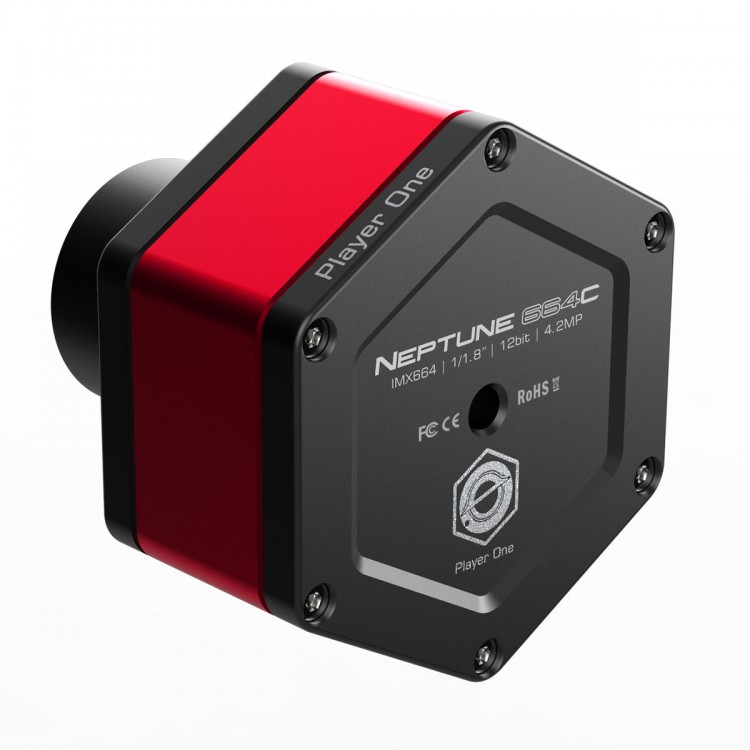
| Quantity | 3+ units | 10+ units | 30+ units | 50+ units | More |
|---|---|---|---|---|---|
| Price /Unit | $286.06 | $280.22 | $271.47 | $259.79 | Contact US |
 VRNV100 3D VR Head-mounted Night Vision Telescope 8K 96MP HD 8X Digital Zooming Binocular
$190.54
VRNV100 3D VR Head-mounted Night Vision Telescope 8K 96MP HD 8X Digital Zooming Binocular
$190.54
 VRNV300 3DVR 4K UHD Professional Head-mounted Night Vision Telescope 6X Digital Zooming IR Light IP54 Waterproof Binocular
$188.60
VRNV300 3DVR 4K UHD Professional Head-mounted Night Vision Telescope 6X Digital Zooming IR Light IP54 Waterproof Binocular
$188.60
 Multifunctional Focusing Mount CNC Aluminum Alloy Focuser Mount for SkyWatcher 250mm F5 Newtonian Reflector Telescope
$70.83
Multifunctional Focusing Mount CNC Aluminum Alloy Focuser Mount for SkyWatcher 250mm F5 Newtonian Reflector Telescope
$70.83
Player One NEPTUNE 664C IMX664 4.2MP Color Camera USB3.0 Planetary Camera Astronomical Camera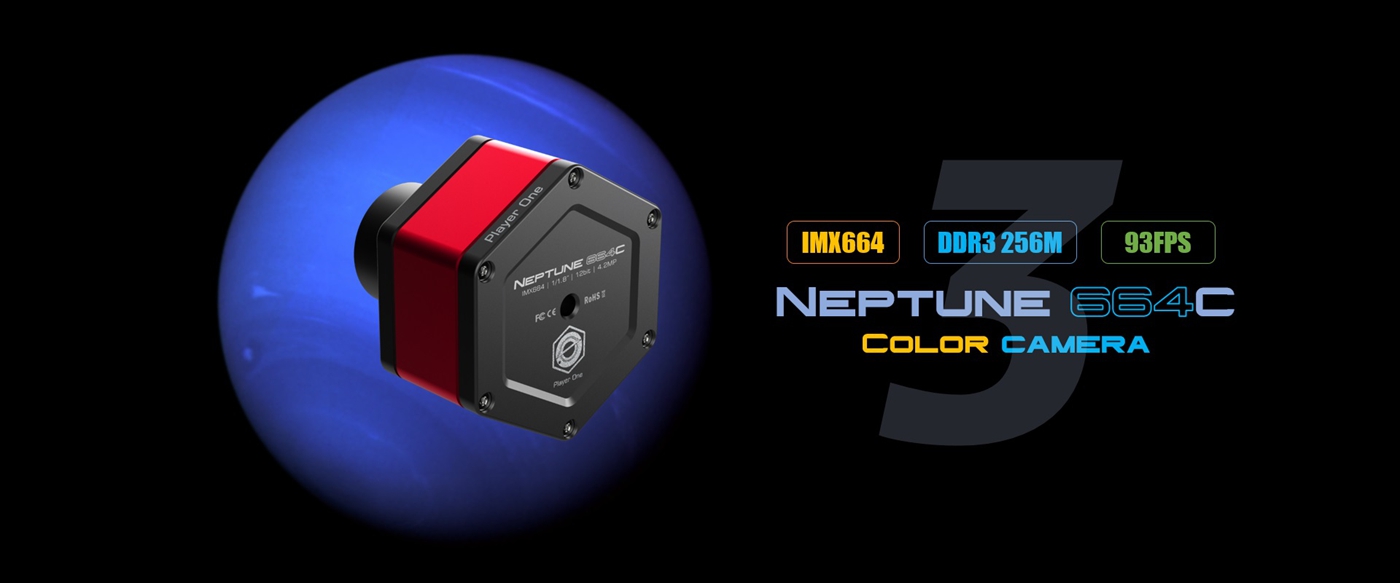
Product Description:
NEPTUNE 664C opened NEPTUNE 3rd Gen gate. It is the newest planetary camera developed by Player One Astronomy. A successor of Neptune-C II (IMX464) camera. NEPTUNE 664C camera adopts the IMX664 1/1.8" color sensor for Sony. The 2.9um pixel size accommodates a well depth of 38.5ke with a total of 4.2MP (the resolution is 2704*1540), and the diagonal is 6.46 mm.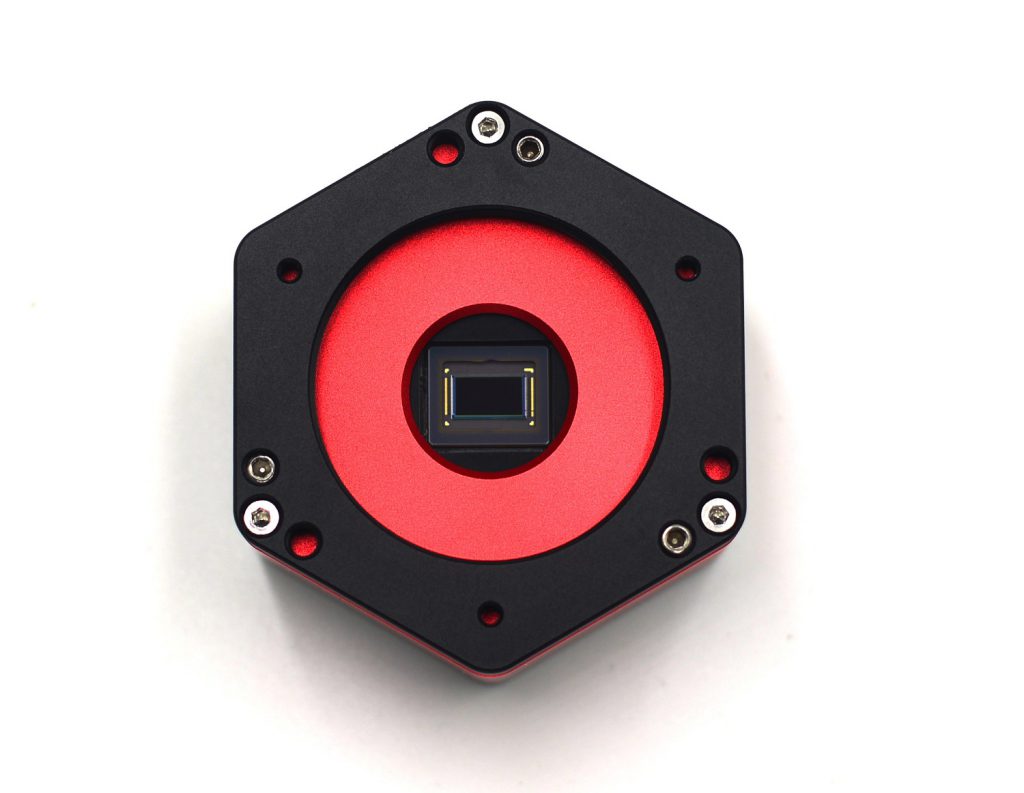
Super AR Plus Window
NEPTUNE 664C uses this Super AR Plus window in front of it. This window glass can give super high transmittance from 310nm to 1100nm. With this important improvement, NEPTUNE 664C camera has a much better performance in ultraviolet and NIR.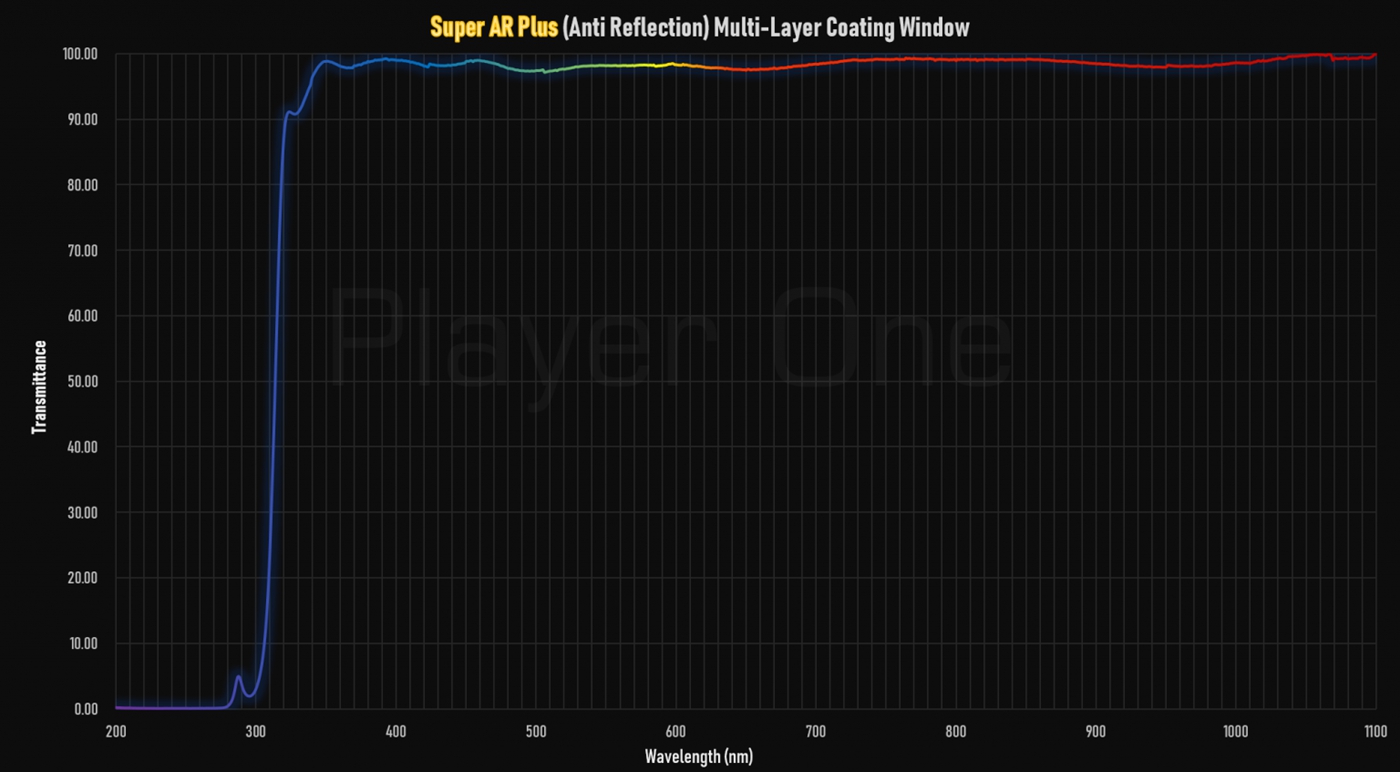
The naming of Player One astronomy cameras is unique. For example, we name the planetary cameras after planets (They are Mercury, Venus, Mars, Jupiter, Saturn, Uranus, and Neptune. Earth is not included). The size of each planet to a certain extent represents the size of camera sensors. We will name Saturn with a 1-inch sensor camera, and for Mars, we will name it with a 1/2.8" sensor camera. All names will be engraved on the housing of the cameras.
Technology for STARVIS 2
NEPTUNE 664C is based on the newest technology for Sony STARVIS 2. It is a back-illuminated pixel technology used in CMOS image sensors.
Non-Amp-Glow
The biggest surprise of NEPTUNE 664C camera is that its dark frame is totally "dark". No matter how much we strengthen the curve, there is no AMP glow at all!
60s dark frame of NEPTUNE 664C camera (resized to 50%):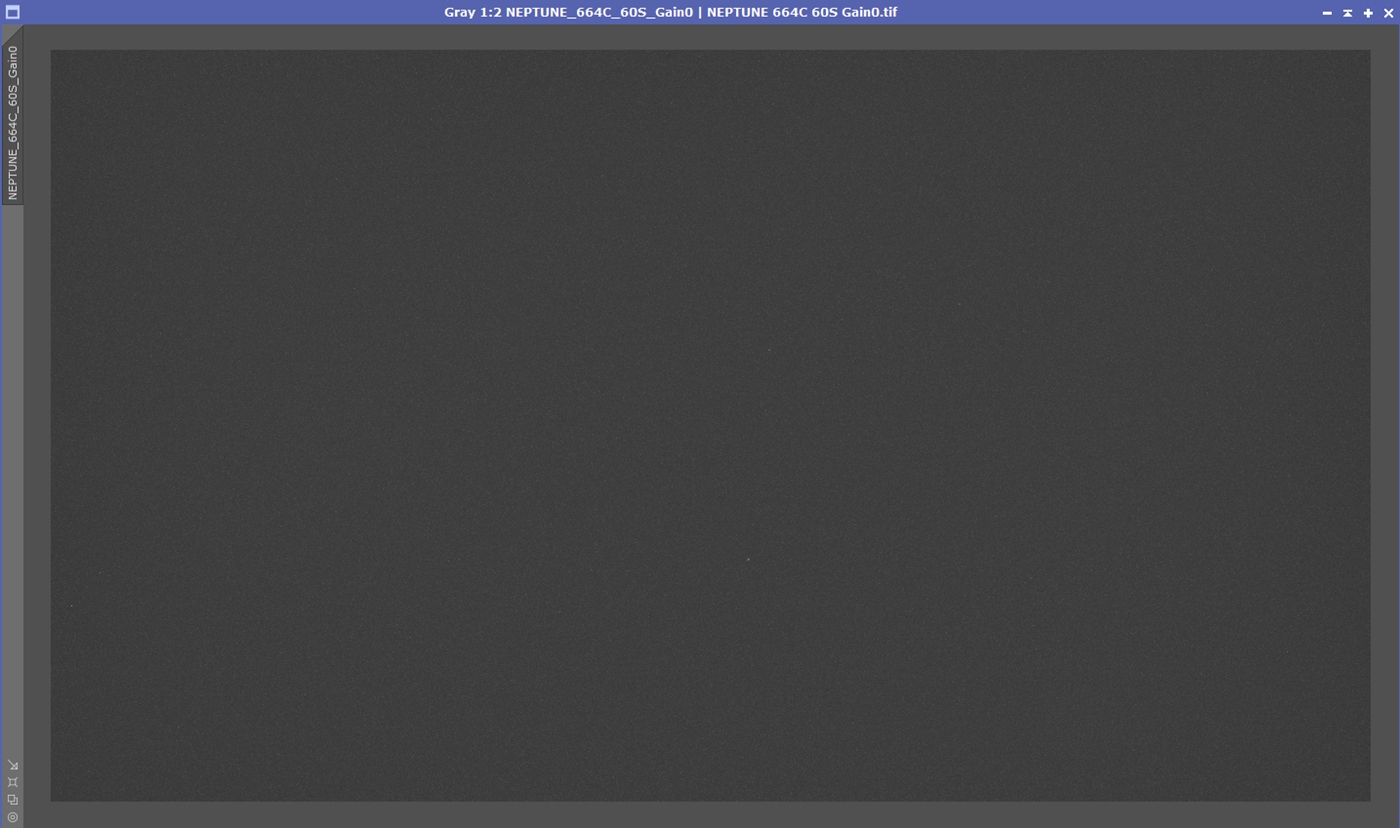
Features:
Comparison of 3 Generations:
Player One adds all our best technology into 3rd Gen NEPTUNE 664C. You will see the advantages, like Super AR plus window and Passive cooling system. Those features will make sure NEPTUNE 664C to be very competitive on the market!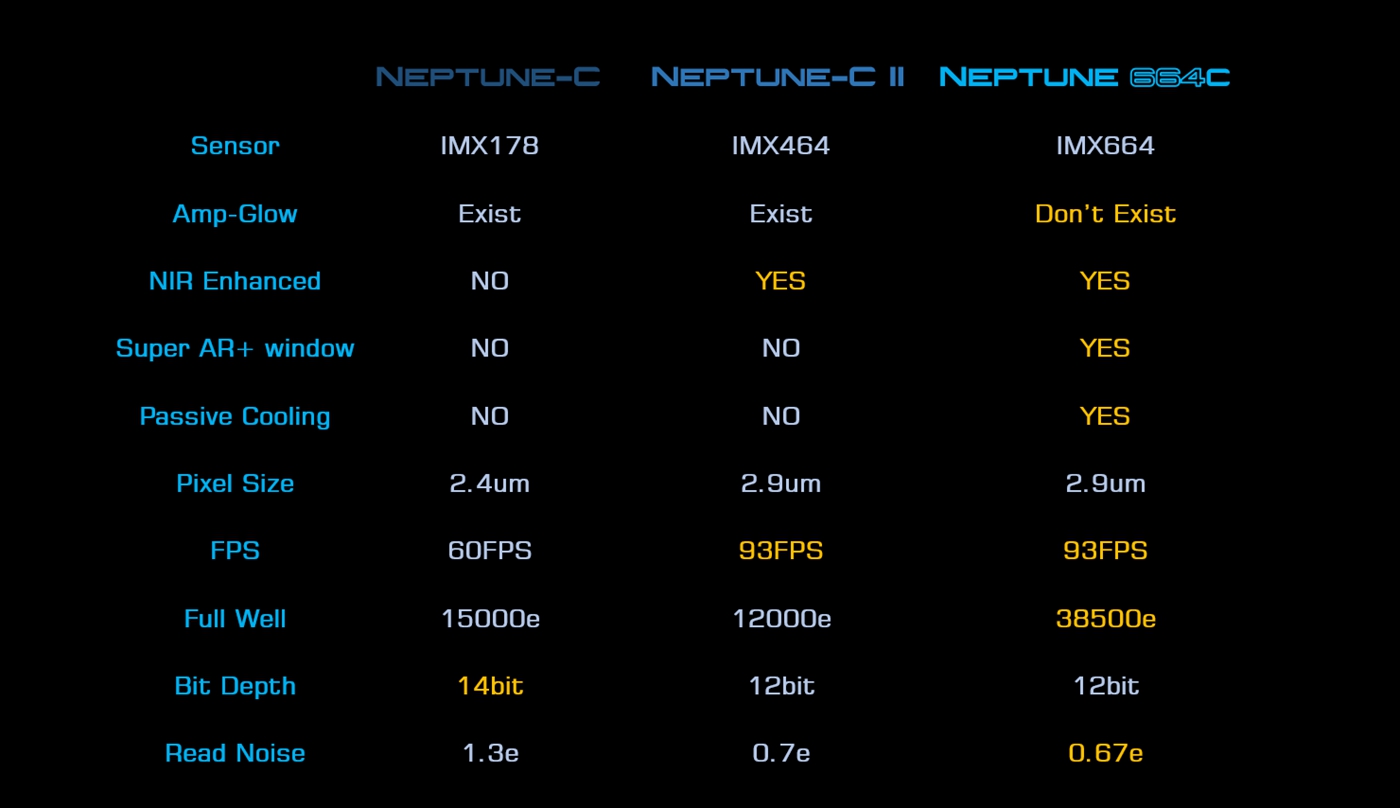
Cutting-edge Design
The planetary camera uses a scientific and technological regular hexagon to construct the main body line, supplemented by round chamfers to achieve both rigidity and flexibility. The positive red, which is like a summer fire, is matched with the low-key and steady black. And the super-fine frosting process on the entire surface makes the camera look luxurious and cool, highlighting the style of high-end players.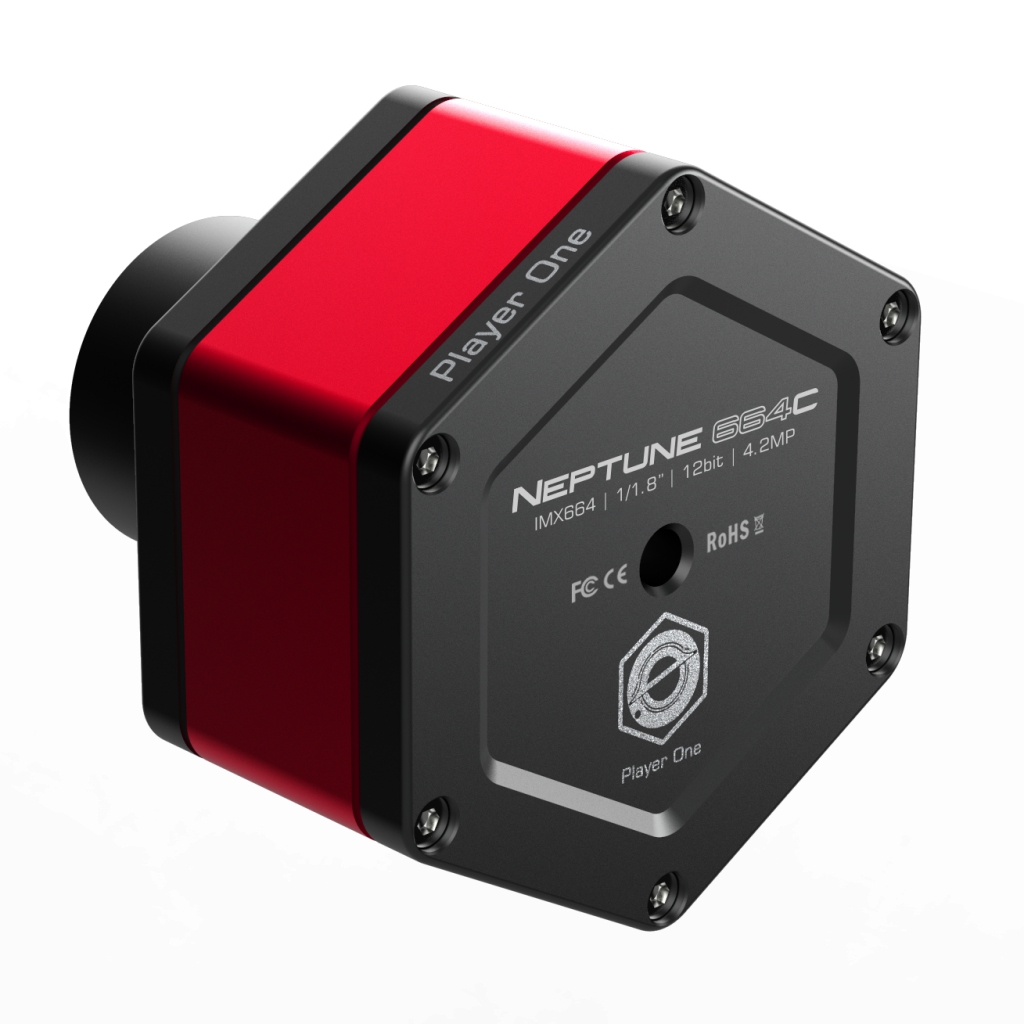
2nd Gen - Sensor Tilt Plate
The built-in high-density sponge shading pad can block the light from the side slits without any side leakage.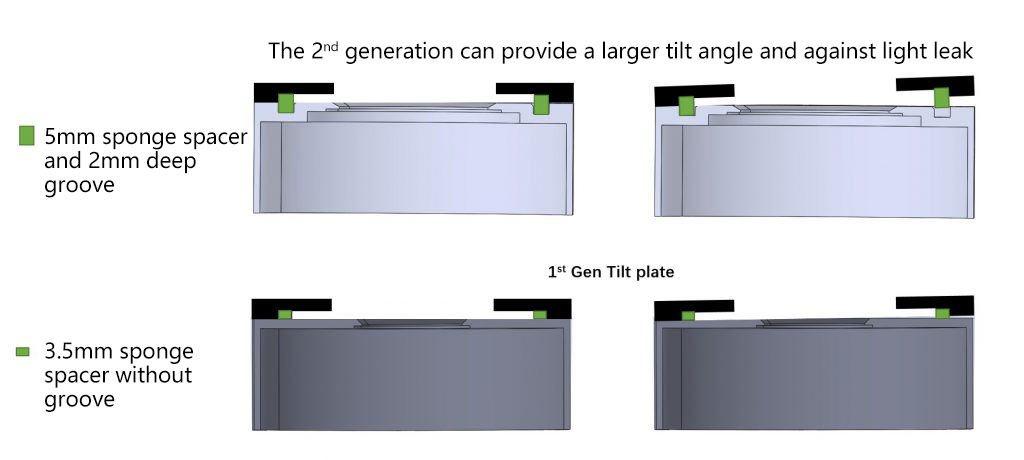
When you are taking solar photographs with a prominence telescope, the Newton ring will be annoying. Smoother solar image without Newton ring could be taken by adjusting the focal plate. Get a much smaller field curvature of the telescope.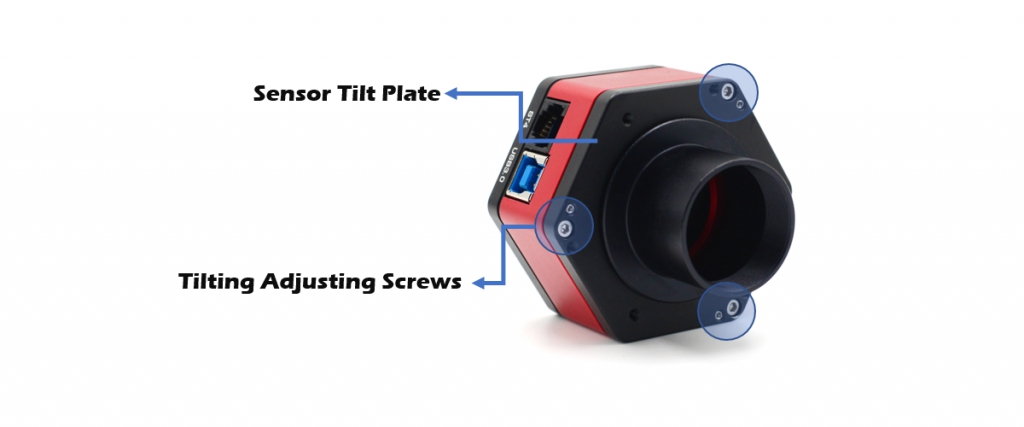
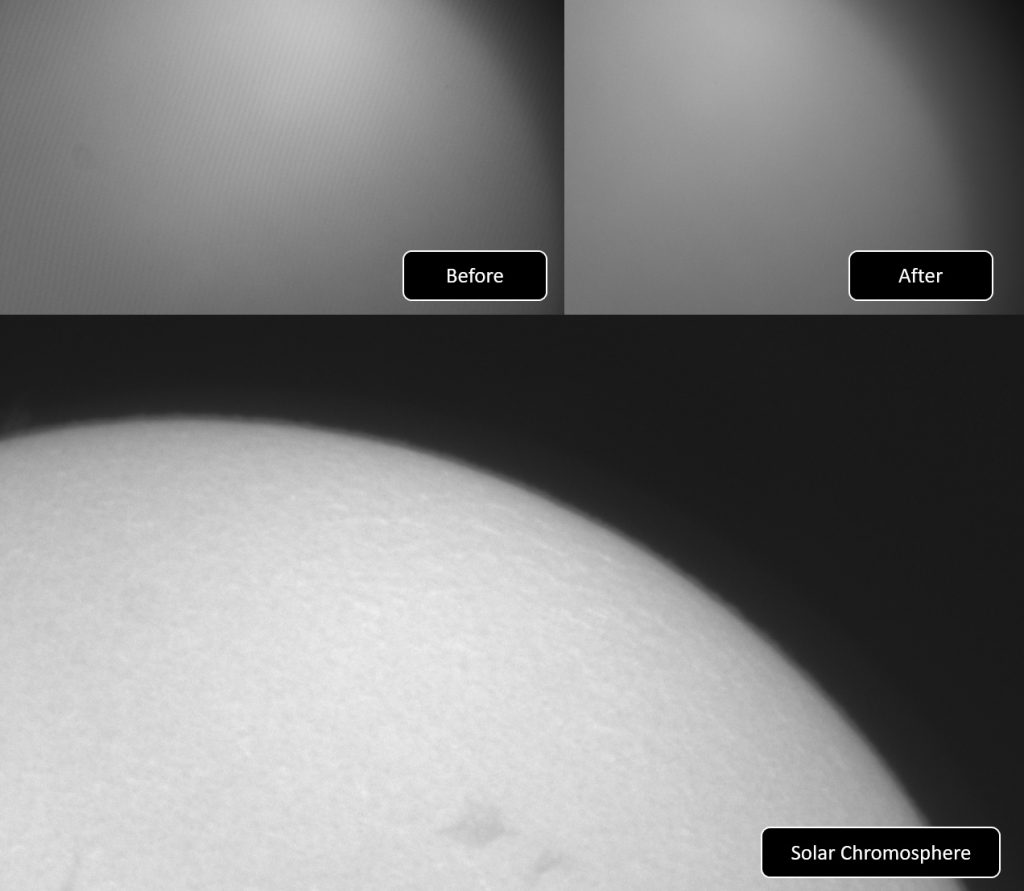
256M DDR3 Cache
Player One astronomy cameras are the first ones to adopt the DDR3 cache in all planetary cameras in the world! It helps stabilize and secure data transmission, effectively avoids frame dropping, and greatly reduces read noise.
With the DDR3 cache, the camera does not have high demands on computing any longer. But it still has an excellent performance even if it is connected to a USB 2.0 port.
DPS Technology
The planetary cameras from Player One Astronomy have DPS (Dead Pixel Suppression) technology. The DPS can analyze many dark frames to find out those fixed abnormal pixels and record the map in camera memory. In imaging, each exposure frame and those positions of dead pixels will be given a median value according to the active pixels around the abnormal pixels.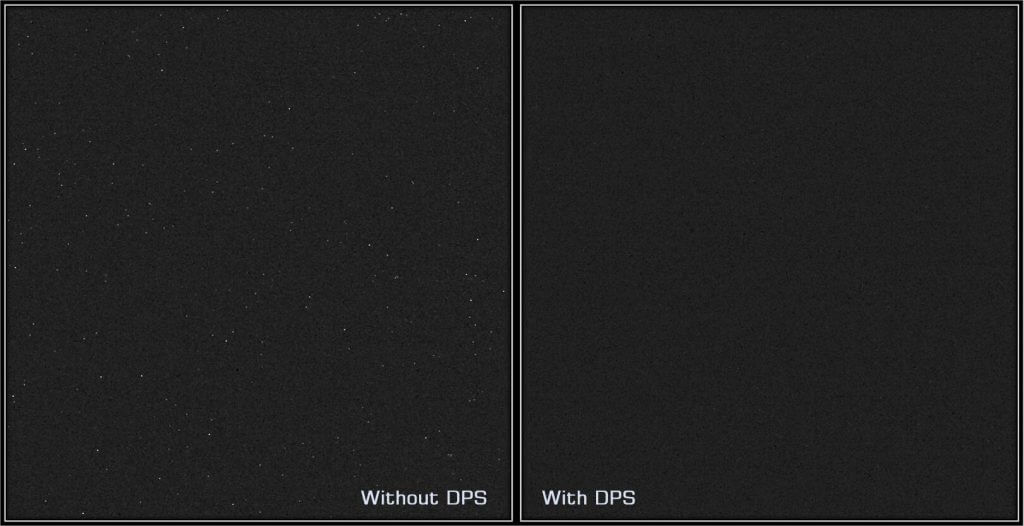
Passive Cooling System
Player One adds a new feature called Passive Cooling System to conduct the heat from the sensor out.
Over-voltage and Over-current Protection Mechanism
Player One cameras ensure the safety of your camera and other equipment through over-voltage and over-current protection mechanisms.
Data Port
When the camera is connected to the USB3.0 interface and a full-resolution preview is used, it can reach 93 FPS in RAW8 mode (10bit ADC), and the frame rate in RAW16 mode (12bit ADC) is 46.5 frames per second. When it is recording images, the actual writing speed will be affected by the writing speed of the hard disk itself. When the hard disk writing speed is slow, the recording may not reach the theoretical speed. It is recommended that you use a high-quality solid-state drive to record data to give full play to the performance of the camera.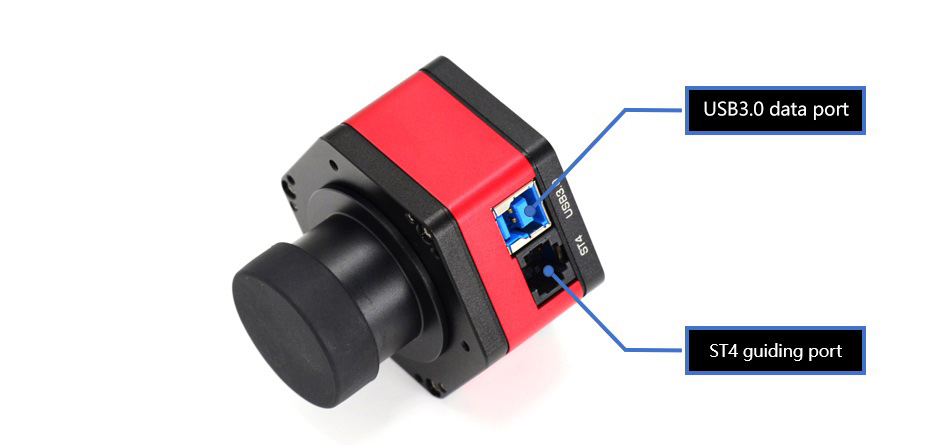
Use an ST4 guide cable to connect the camera and the AUTO GUIDE port of the equatorial mount to do the guiding.
Performance:
HCG open at gain=180.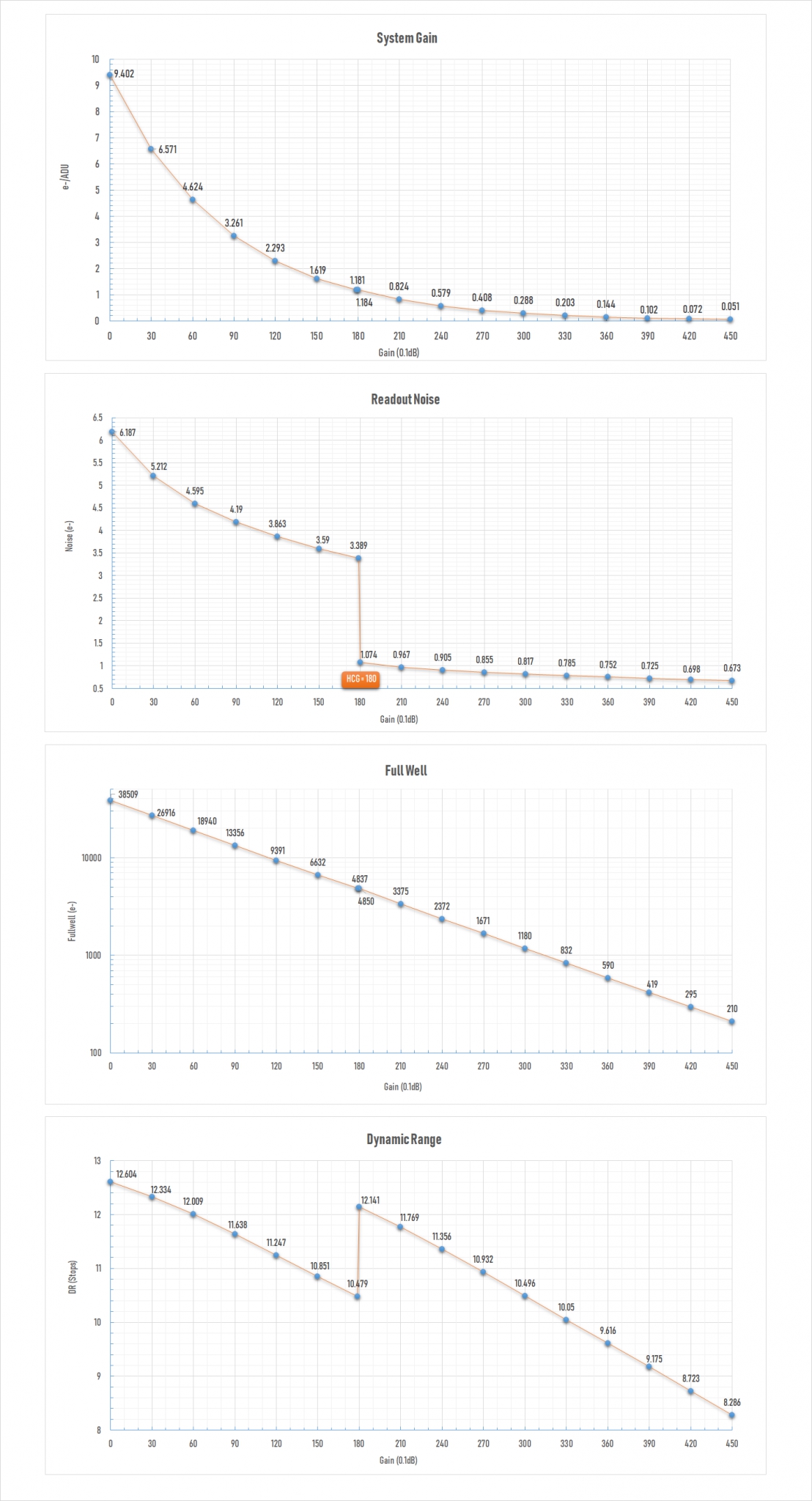
Readout Noise
Regarding readout noise, we solemnly promise that all values are obtained from actual tests. You can use the software for Sharpcap 4 to test. SC4 has a function called Sensor Analysis, providing a very simple way to test readout noise.
We wrote a tutorial on website: https://player-one-astronomy.com/service/manuals/
After many rigorous readout noise tests, the camera can reach a low readout noise of 0.75e at a gain of 350 and around 0.67e at a gain of 450.
If you are interested in readout noise testing, you can try it by yourselves because it is very simple.
HCG Mode
NEPTUNE 664C camera has a unique HCG mode, which will automatically turn on when the camera gain setting is ≥180. The HCG mode can greatly reduce the readout noise and retain the same high dynamic range as the low gain.
QE Curve
The QE curve of the NEPTUNE 664C camera tell us that this camera is NIR enhanced camera. Working after Super AR Plus window, this camera can keep very high QE in infrared.
This is the relative QE curve provided by the company for Sony. And the absolute QE peak about 91%.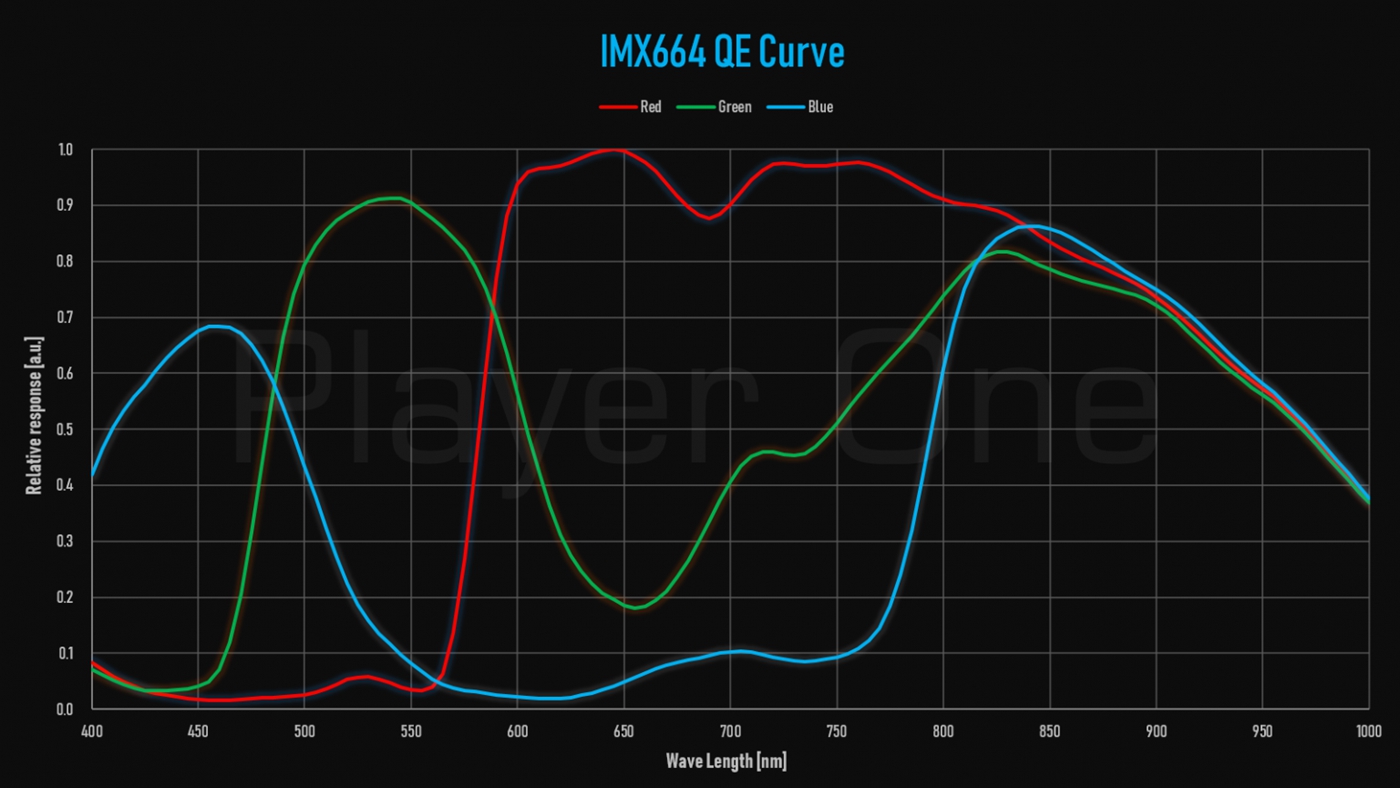
Mechanical Drawing: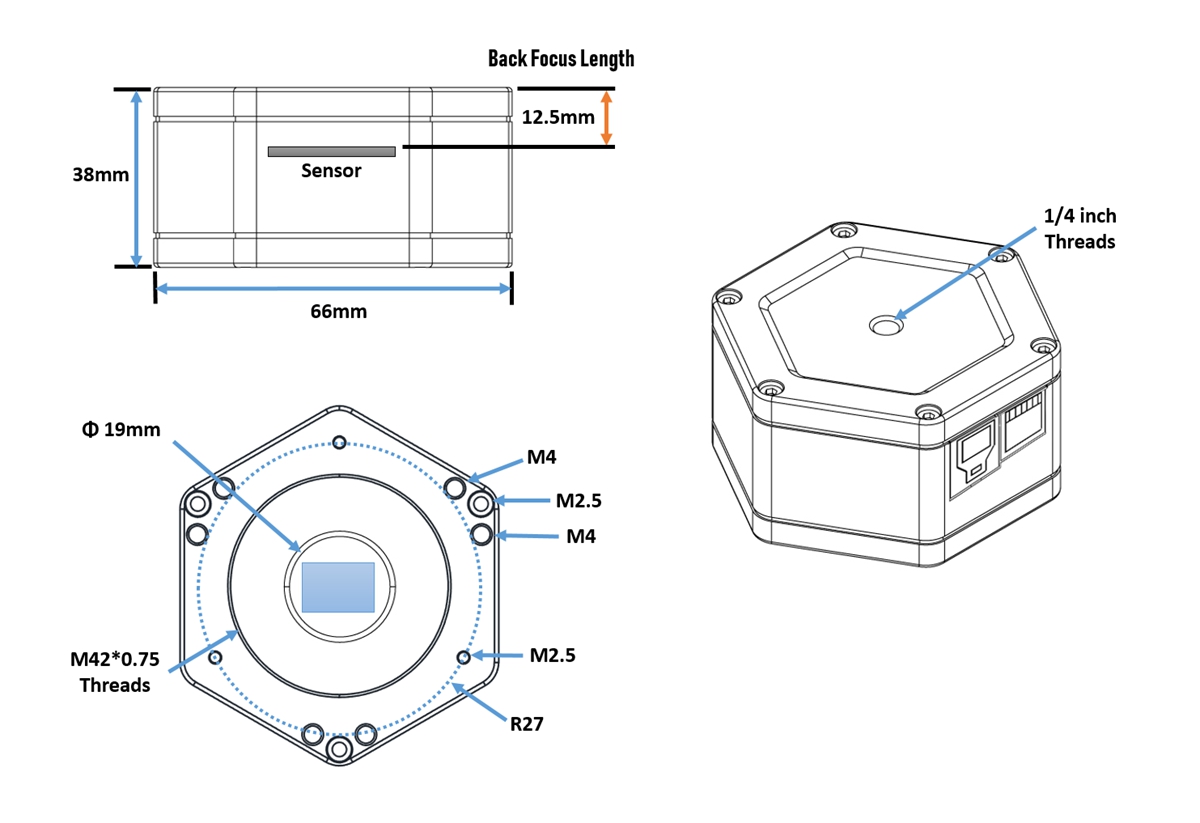
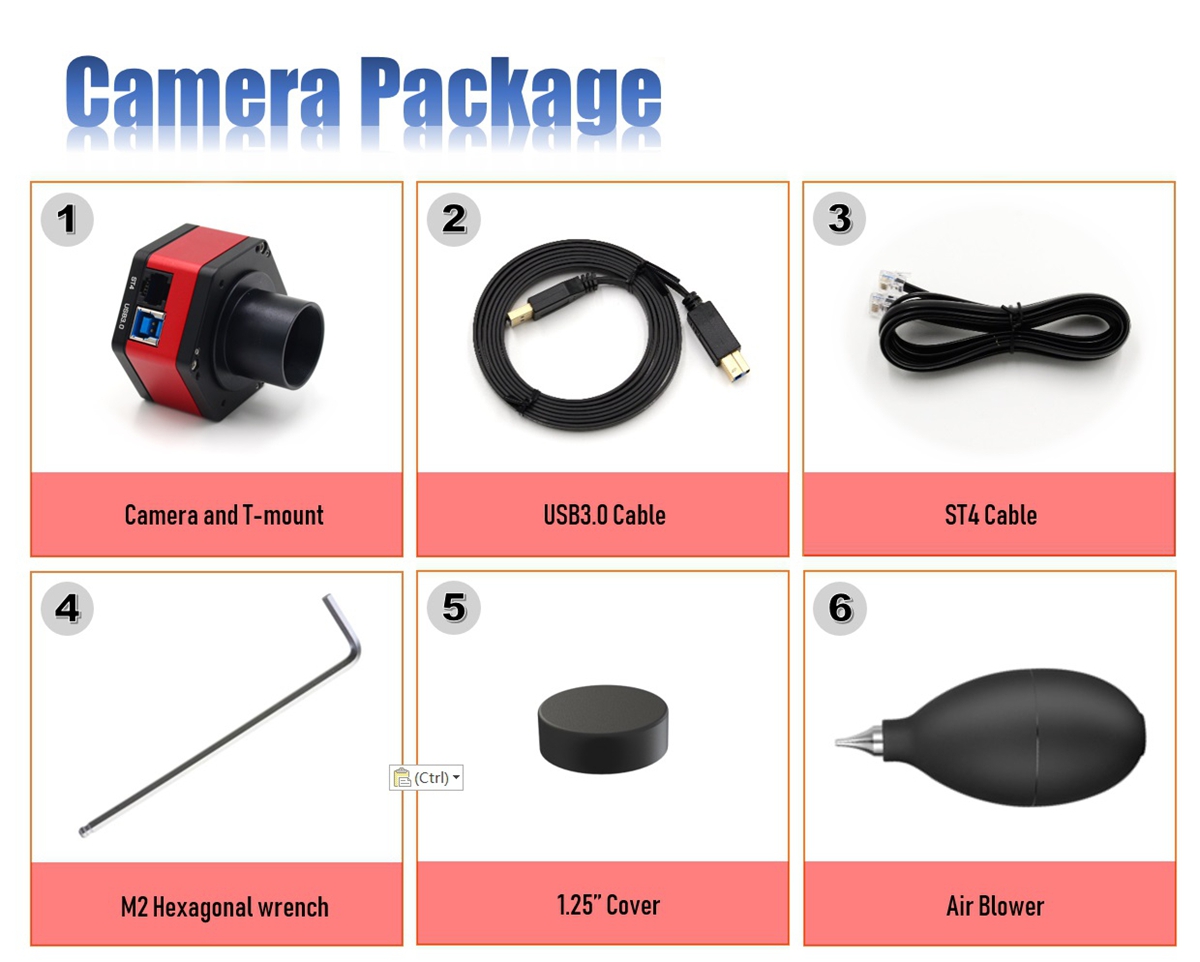
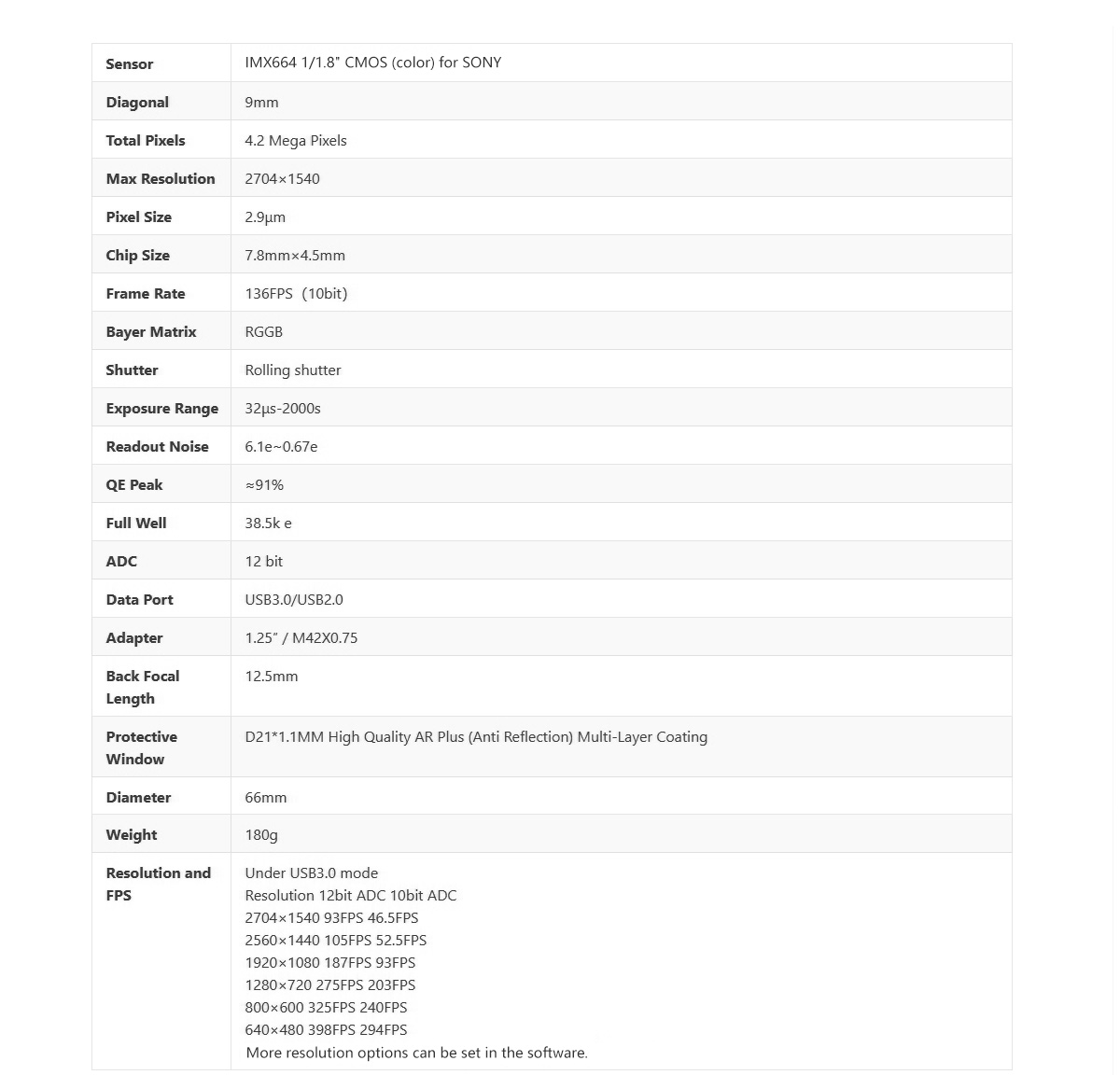
Packaging Details:
- G.W.: 0.75kg